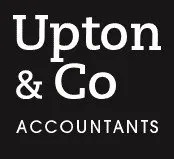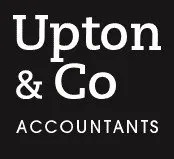Dividend checklist
When you want to pay a dividend, there are a number of considerations to take into account to ensure it is valid. Our checklist will help you to establish that your dividends are up to scratch.
Dividends
Dividends are amounts paid to shareholders out of the accumulated profits of a company. Generally speaking, these will be paid out in direct proportion to the number of shares held in the same class - so a shareholder who has 200 shares would receive twice as much as one who has 100 shares. There can be differences due to shareholders waiving their right to dividends. The dividend is therefore a return on capital, i.e. it is a type of investment income and not earnings for tax purposes.
There are a number of things that need to be considered in practical terms when paying dividends, so we have put these together in a checklist.
Using the checklist
Refer to the checklist ahead of deciding on dividend levels, and ensure you follow each step. Provided you do this there should be no issues with your dividends being queried. You will also have all the paperwork to hand with the correct accounting entries in place.
Related Topics
-
The government has published the results of a survey of over 2,000 employers on their awareness of correct right to work checks. What do the results show?
The government has published the results of a survey of over 2,000 employers on their awareness of correct right to work checks. What do the results show?
-
Income splitting - tackling the practical issue
You recently started a new business which you run through a company. You’ve been told that you can reduce your tax and NI bill if you issue your spouse with shares in the company. Assuming that’s correct, what are the practicalities involved?
-
Multiple agents for MTD ITSA will be permitted





 This website uses both its own and third-party cookies to analyze our services and navigation on our website in order to improve its contents (analytical purposes: measure visits and sources of web traffic). The legal basis is the consent of the user, except in the case of basic cookies, which are essential to navigate this website.
This website uses both its own and third-party cookies to analyze our services and navigation on our website in order to improve its contents (analytical purposes: measure visits and sources of web traffic). The legal basis is the consent of the user, except in the case of basic cookies, which are essential to navigate this website.